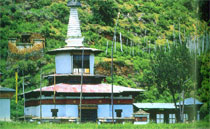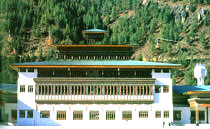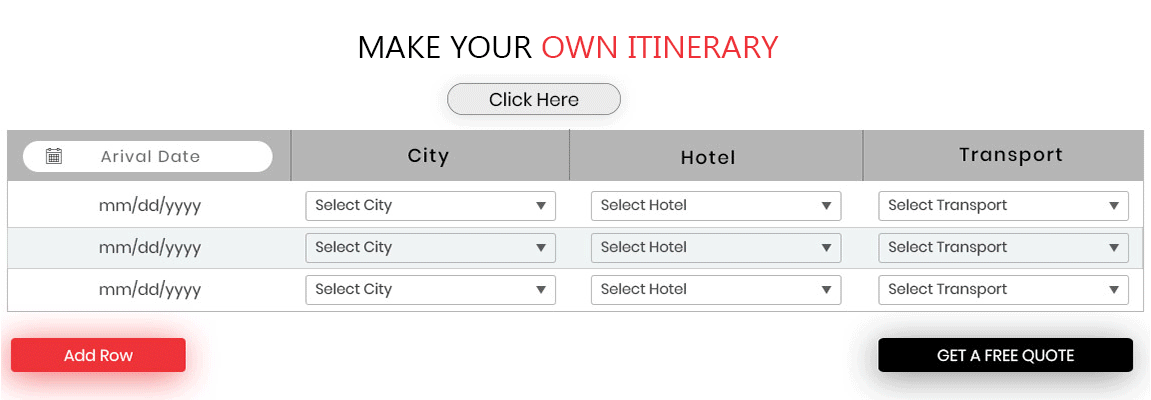Bhutan Travel Information


Money Currency
The unit of currency is the ngultrum (Nu), which is equivalent to one Indian rupee. The ngultrum is further divided into 100 chetrum. There are notes of Nu 1, 5, 10, 20, 50, 100 and 500, each depicting a different dzong.
|
Country |
Unit |
Nu |
|
Australia |
A$1 |
Nu 23.40 |
|
Canada |
C$1 |
Nu 28.80 |
|
Hong Kong |
HK$1 |
Nu 5.80 |
|
India |
Rs 1 |
Nu 1.00 |
|
Singapore |
S$1 |
Nu 24.80 |
|
Switzerland |
Sfr 1 |
Nu 27.40 |
|
USA |
US$1 |
Nu 47.10 |
To enter Bhutan we must be in prior receipt of details such as full name, passport number, nationality, date of birth, sex, occupation and the permanent address to facilitate visa processing. Based on the reference number provided by the Bhutan Tourism Bureau visa's for Bhutan is available upon arrival at Paro airport and costs US$ 20 per person (subject to change). 2 Passport size photographs are required to be affixed on the visa application form which are required to confirm the booking. Entry formalities : all foreigners intending to visit Bhutan has to avail of Bhutanese visa two weeks prior to departure.
- Visa Fees : US$ 20:00
- Cost for one person : US$ 240 per day
- Cost of two persons : US$ 230 per person/per day
- Cost of three persons : US$ 220 per person
- Per day four person : US$ 200 per person
- Per day the cost : It includes full board basis, inclusive of (breakfast/lunch/dinner) on fixed menu basis + visits with an english speaking guide with entrance fees + assistance.
The flight operates from Delhi / Paro US$ 286 per person & Kathmandu / Paro US$ 175 per person & Dhaka / Paro US$ 175 per person & Bangkok / Paro US$ 340 per person & the rates are subject to change. It is Druk Air - (Type of Aircraft BAE 146-100) seat configuration 10 business class, 61 economy class.
Climate
Bhutan is at the same latitude as Miami and Cairo. The climate varies widely depending on the elevation. In the southern border areas it is tropical; at the other extreme, in the high Himalayan regions, there is perpetual snow. Temperatures in the far south range from 15° C in winter (December - February) to 30° C in summer (June - August). In Paro the range is from minus 5°C in January to 30° C in July, with 800mm, of rain. In the high mountain regions the average temperature is 0°C in winter it may reach 10° C in summer, with an average of 350mm of rain. Rain occurs primarily during the south-west monsoon season from June to September. Bhutan bears the brunt of the year receiving more rainfall than other Himalayan regions- up to 5.5m a year. Only 150 km south of Bhutan, Cherrapunji in Assam has recorded the highest rainfall in the world, averaging 9.5m annually with a record of 19.7m, the hight of a six-storey building.





